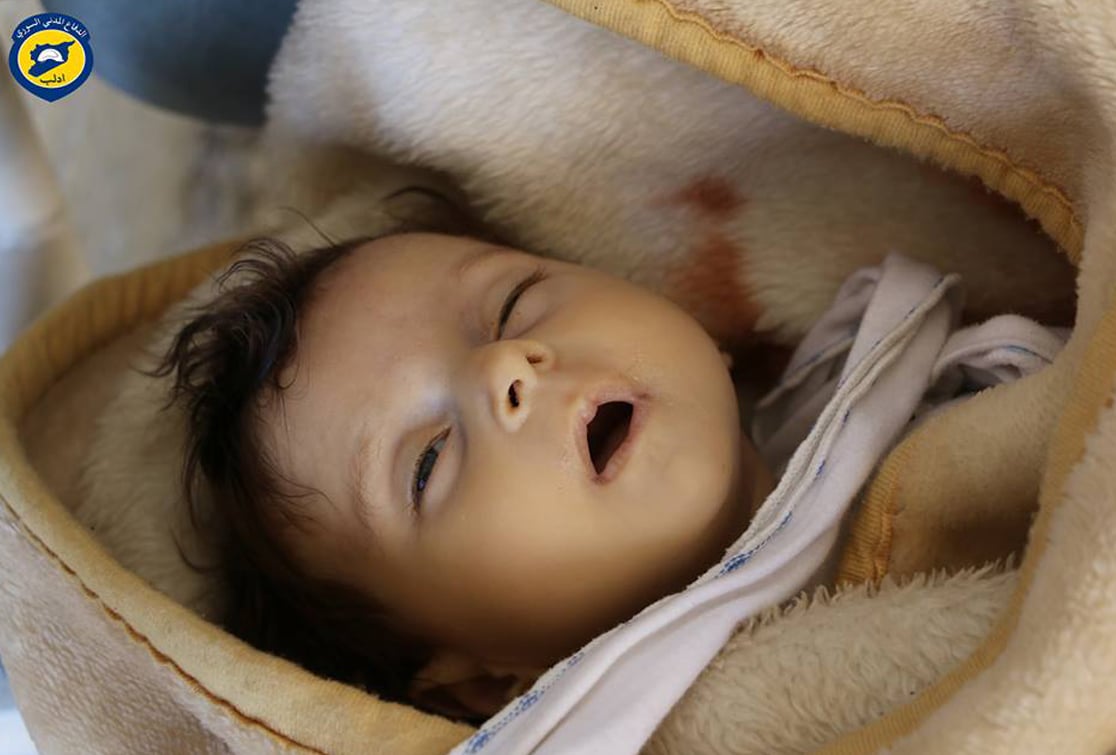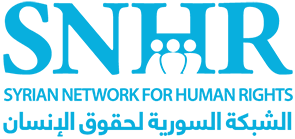“We were Gasping for Air”

SNHR has released a report entitled: “Russian Forces Have, most likely, Supported the Syrian Regime Forces in Khan Sheikhoun Chemical Attack”, which documents the details of the chemical attacks Syrian regime forces carried out in Khan Sheikhoun city in southern suburbs of Idlib on April 4, 2017, and the Russian attacks that followed.
The report notes that SNHR has released 25 reports on the use of chemical weapons in Syria, in which we outlined all the documented attacks which amount to 33 attacks before Security Resolution 2118, adopted on September 27, 2013, 169 attacks after Security Council Resolution 2118, including 100 attacks after Resolution 2209, which was adopted on March 6, 3015, and 44 attacks after Resolution 2235, which was adopted on August 7, 2015.
According to the report, most of the Syrian regime’s chemical attacks involved the use of a gas that was evidently chlorine. These attacks were carried out through helicopters that dropped chlorine-loaded barrel bombs, while, on other occasions, through grounded shells and hand grenades that are loaded with poison gases.
The report says that the Syrian regime used seemingly a different gas from chlorine in two attacks at least after the Two Ghoutas Attack, which we believe was a nerve agent. The two attacks were in eastern suburbs of Hama on December 12, 2016, and Khan Sheikhoun attack on April 4, 2017.
The report points out that chemical weapons attacks, in total, have resulted in the killing of 1420 individuals, as follows:
• 1356 civilians, including 186 children and 244 women (adult female)
• 57 armed opposition fighters
• 7 captives from Syrian regime forces who were being kept at an opposition prison.
Additionally, 6634 individuals at least were injured.
Fadel Abdul Ghany, chairman of SNHR, adds:
“Even after al Shayrat Airbase was bombed by the current American administration, the Syrian regime used chemical weapons again in al Qaboun neighborhood in Damascus the capital merely a few hours after the strike. We learned, by experience, that the Syrian regime will test its afforded limits, and will use chemical weapons again as soon as the international community stopped deterring them.”
The report says that around 06:49 on Tuesday, April 4, 2017, fixed-wing Su-22 Syrian regime forces warplanes carried out an attack in al Shamali neighborhood in Khan Sheikhoun city, where four missiles were fired including one missile that was loaded with a poison gas, which resulted in the killing of 91 civilians who suffocated to death, including 32 children and 23 women (adult female). Additionally, no less than 520 others were injured. The report notes that a number of airstrikes that were carried out shortly after the chemical attack were recorded, which targeted a number of roads leading to Khan Sheikhoun city, significantly hindering the aiding efforts and the transporting of the critical cases to hospitals and medical points on the Turkish borders.
Furthermore, the report documents a number of attacks that are believed to be Russian, which targeted a medical center and a civil defense center that were providing medical services for the injured in the chemical attack. According to the report, this doesn’t only suggest that Russian forces were aware of the chemical attacks that the Syrian regime carried out, but also were shamefully involved.
The report draws upon interviews with survivors who were injured in the chemical attack, doctors who treated them, paramedics, eyewitnesses, and civil defense members. The report includes accounts from observers who work on picking up radio signals and tracking phone calls between the pilot and the airbase from which he took off. The report includes 12 accounts, in addition to analyzing the pictures and videos which showed injured suffering from suffocation symptoms, breathing difficulties, muscle spasms, foaming, and constricted pupils. Also, the pictures showed the hole in the ground that was created by the missile, and an external shell, and the missile’s cover of the loading slot.
The report stresses that Syrian regime forces had a deliberate criminal intention to carry out the chemical weapon and inflict as much harm as possible by choosing the timing of the bombing, which was at dawn, and considering the airstrikes that targeted a number of medical facilities before and after the attacks, in addition to the airstrikes that targeted the roads leading to the city, which makes the Syrian regime’s tactic in this attack very similar to what the regime did in the Two Ghoutas Attack on August 21, 2013.
The report says that the premises that Syrian regime forces targeted a warehouse for the manufacturing of chemical landmines, which the Russian account claims, is not supported by any evidences on the ground, seeing as al Shamali neighborhood is a residential neighborhood. Also, the investigations of this report don’t refer to any chemical weapon warehouses in the area. the process through which binary chemical weapons are produced is based on mixing the components before weapon is used. For example, sarin is the acquired by processing the outcome of the chemical reaction between isopropyl alcohol and Methylphosphonyl difluoride. Assuming that the warehouse targeted by the Syrian regime’s airstrikes, as per the Syrian and Russian claims, did contain the binary mixture for sarin, directing a bomb at these substances wouldn’t result in the spread of sarin, or all of these victims and injured. Moreover, the explosion would produce an alcoholic compound – isopropyl, which, in turn, would result in a huge fire breaking out. Nonetheless, the pictures and videos didn’t show any fires, nor any eyewitnesses or survivors talked of any fires.
The report stresses that Through the use of chemical weapons, the Syrian regime has violated the customary international law, which prohibits the use of chemical weapons no matter the circumstances. Secondly, the Syrian regime has unequivocally breached the “Chemical Weapons Convention” (CWC) which the Syrian government agreed to in September 2013, where the CWC provides for the cease of chemical weapons use and the destruction of the chemical weapons stockpiles. Thirdly, the Syrian regime has breached the relevant Security Council Resolution – especially Resolution 2118 in 2013, 2209 in 2015, and 2235 in 2015. Furthermore, the use of chemical weapons constitutes a war crime according to the International Criminal Court’s Rome Statute.
The CWC, which the Russian government had agreed to, strictly prohibits any form of assistance or encouragement on the contribution to any prohibited activist on any state party. Many evidences have suggested that the Russian forces were involved in providing a preliminary and subsequent assistance for the Syrian regime forces.
The report calls on the European Union and the United States of America to Support the International, Impartial, and Independent Mechanism that was established in accordance with the United Nations General Assembly Resolution 71/248, which was adopted on December 21, 2016, and activate the courts that enjoy a universal jurisdiction, and work on the war crimes that were perpetrated in Syria.
The report calls on the Commission of Inquiry to start investigating Khan Sheikhoun incident and the preceding bombardment incidents, and identify the perpetrators.
The report emphasizes that the four permanent members have to apply pressure on the Russian government in order to stop its support for the Syrian regime who uses chemical weapons, and expose their involvement in this regard.
The report calls on the Russian government to cease the use of veto for the sake of protecting the Syrian regime who has been involved in perpetrating crimes against humanity and war crimes, and using chemical weapons. Also, launch an investigation with regard to the support provided by Russian forces in Syria for the Syrian regime in Khan Sheikhoun attacks, and cease the hindering of the referral of the case in Syria to the International Criminal Court.
The report notes that Human Rights Council have to shed more light on the Syrian regime’s breaches of Security Council Resolutions.
Finally, the report stresses that the Friends of Syria Group have to provide the areas that might be targeted with poison gases (in light of the Security Council’s inability to end these attacks) with protection masks- SNHR estimates that 20,000 masks are needed at least in these areas at least- in addition to the necessary equipment for the removal of the effects of the chemical contamination.


